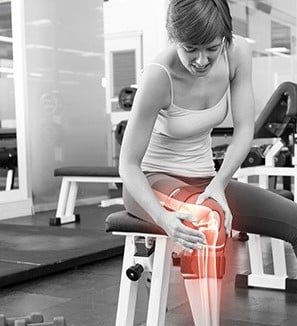Starting at the Gym

It’s that time of year when people start hitting the gym in the hope of losing that extra Christmas weight and getting toned up for the summer. Research shows:-
• 45% of people do gym workouts, with power walking and swimming being the next most popular ways to exercise
• 20% of people go cycling in an attempt to lose weight
• 10% play football
• 11 % regularly participate in yoga sessions to tone up
However, while the 45% of gym goers have good intentions, research also shows that they may cause themselves more harm due to a lack of knowledge about the exercises they are doing, resulting in the following statistics:-
• 41% have suffered an injury at the gym
• 21% suffer sprained ankles
• 18% suffer bad backs
• 16% suffer broken limbs
• 10% suffer chest pain
• 5% suffer slipped discs
• 12% had to seek medical advice/visit A&E for an exercise related injury
• 5% have to regularly visit physiotherapists or chiropractors for long-term injuries
• 9% continue exercising even when in excruciating pain
The question is, why are so many people getting injured while trying to get fit at the gym?
• 38% of us do not warm up before we exercise
• 5% of gym-goers say they were never taught how to use machinery properly upon joining
• 28% of people agree that the phrase ‘all the gear, but no idea’ probably applies to them
• 10% of people go all out without building up gradually, ignoring warning signs and pushing past their limits
• people run too far and don’t pace themselves
• people lift weights that are far too heavy for them
With 30% of people wondering why they take up exercise to often feel worse afterwards and 40% agreeing that they wouldnt reach their target on time, maybe it’s time to reevaluate the way we keep in shape:-
• select a form of exercise that is appropriate for what you are trying to achieve
• always warm up before exercise and cool down afterwards
• if joining a gym, always ensure that one of the trainers shows you how to use the machines and advises you on appropriate technique and starting points
• always build up intensity and frequency gradually
• look at a type of exercise that you can easily fit into your lifestyle, that will be easy to maintain long term as opposed to a quick fix before the summer
• ensure that you maintain the health of the muscles so that your risk of injury is lower when you’re at the gym. You can do this by having regular massages to keep the muscles strong and flexible, and it will also offer you not only some relaxation time but also can help assist with the body’s metabolism (see previous post on massage for weight loss)
